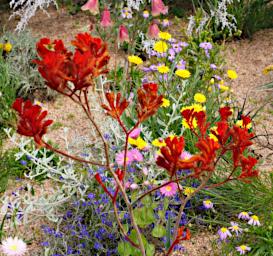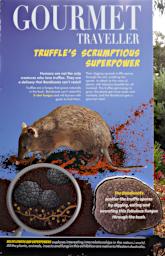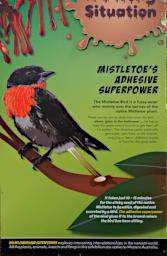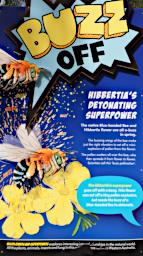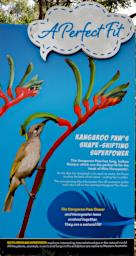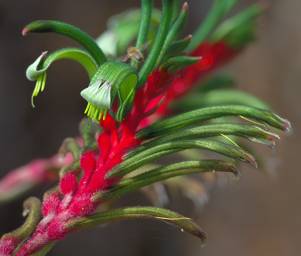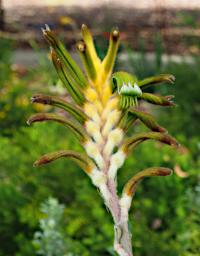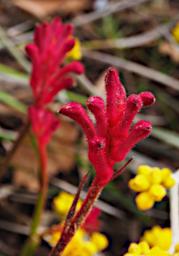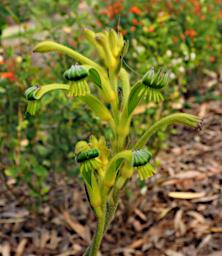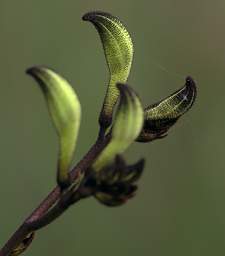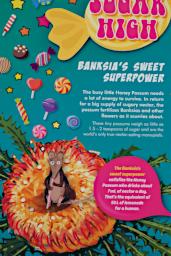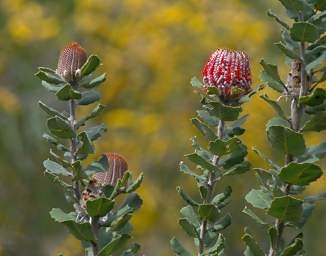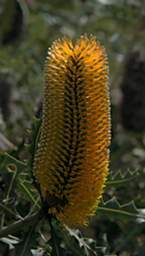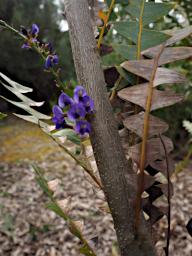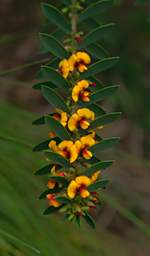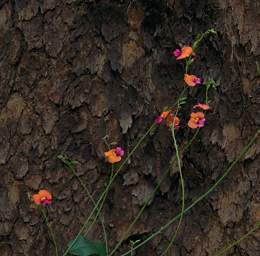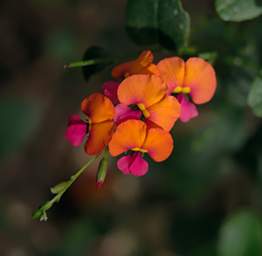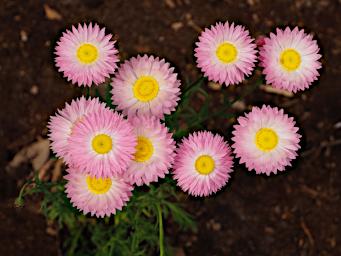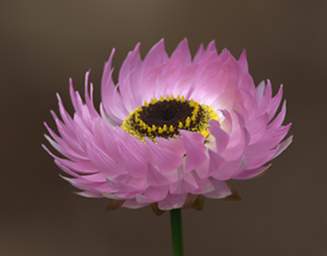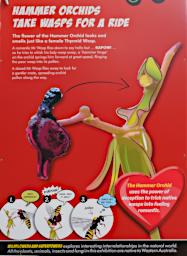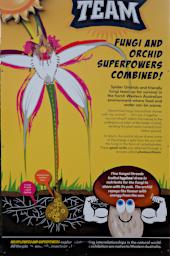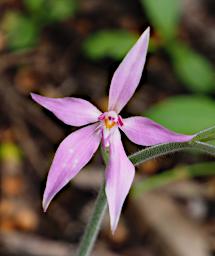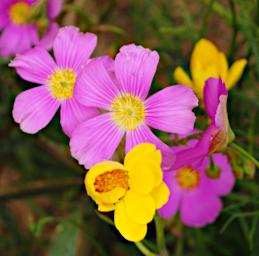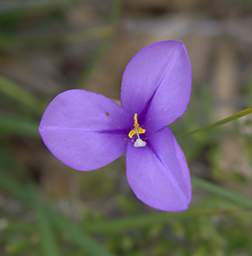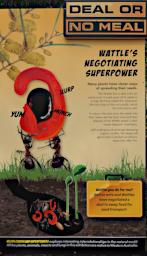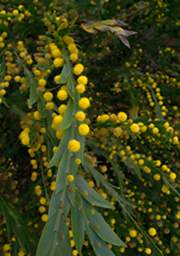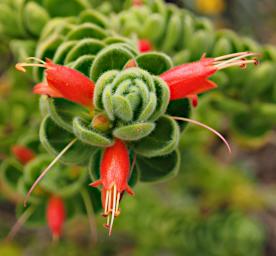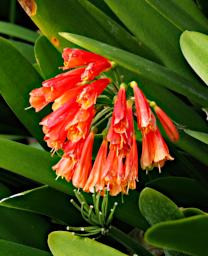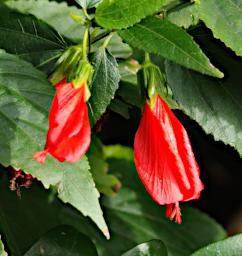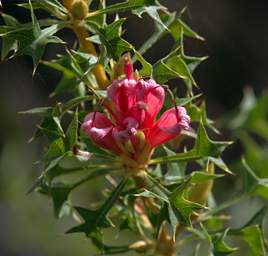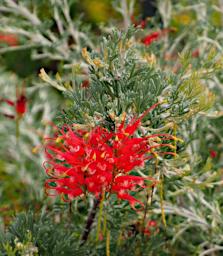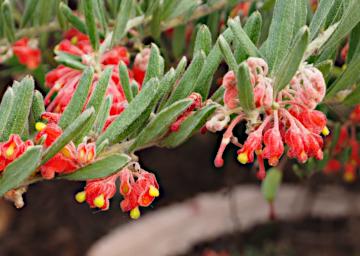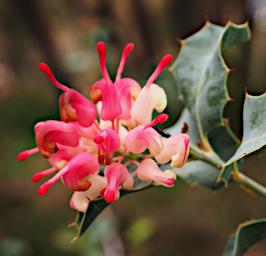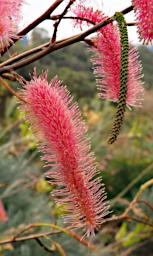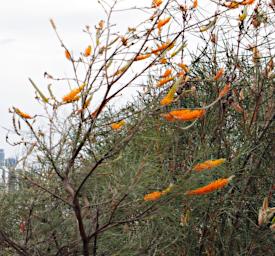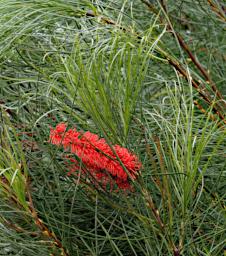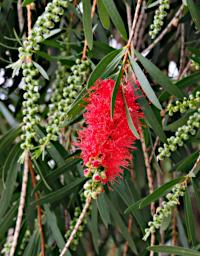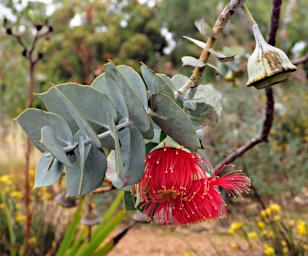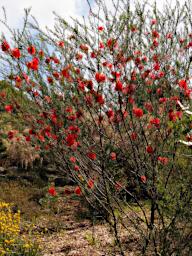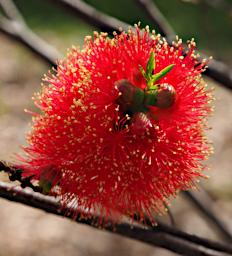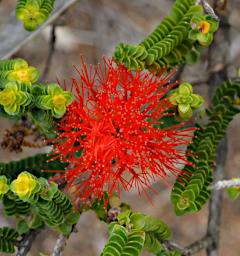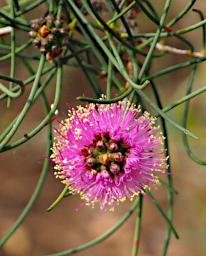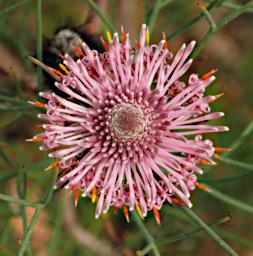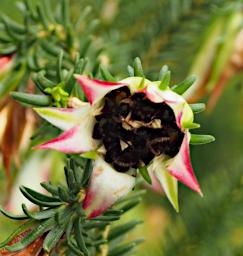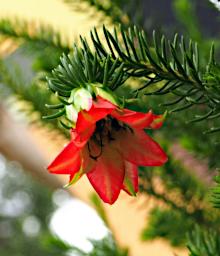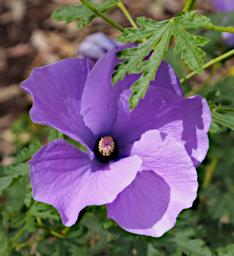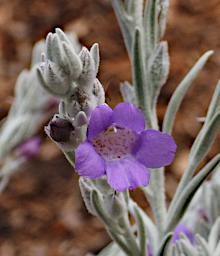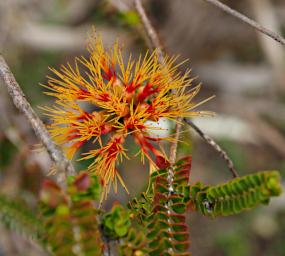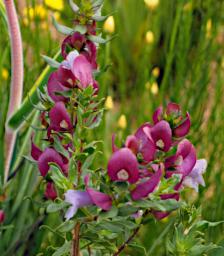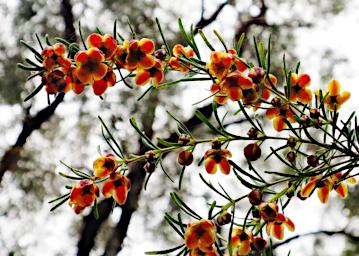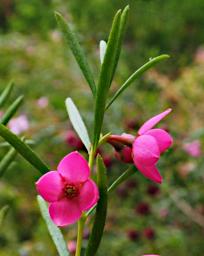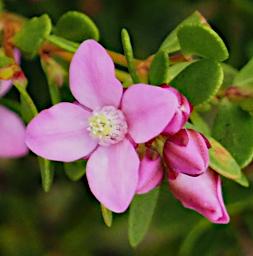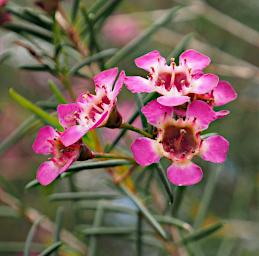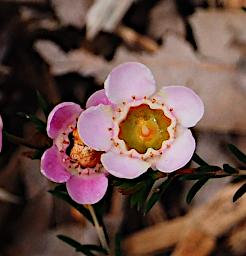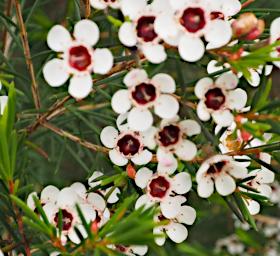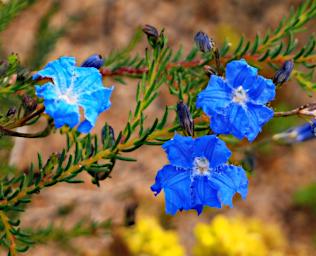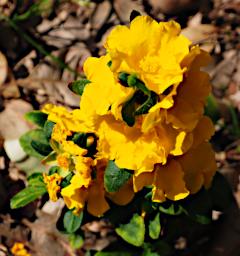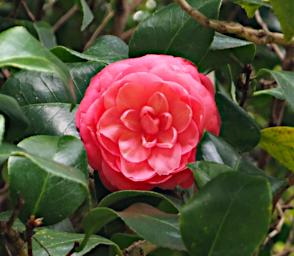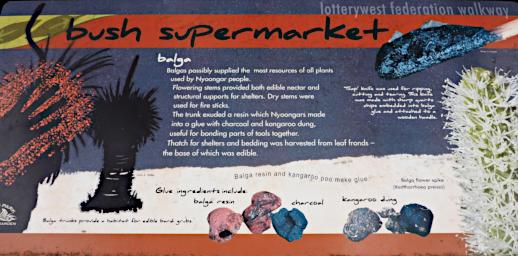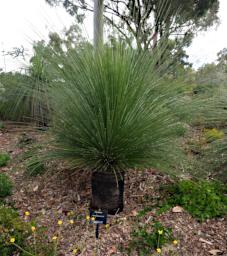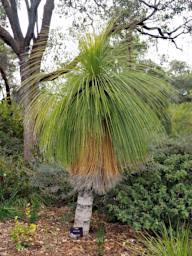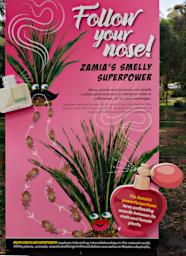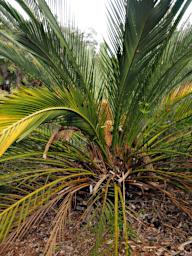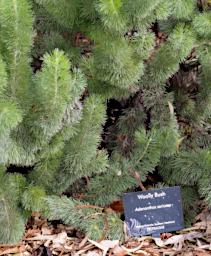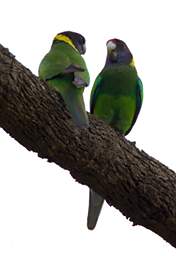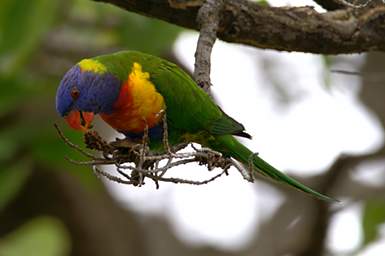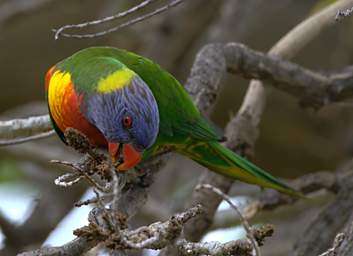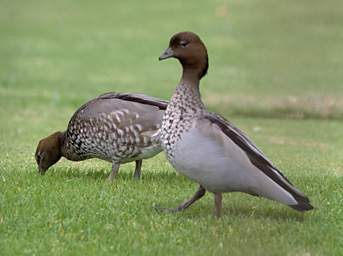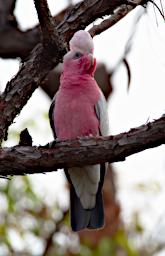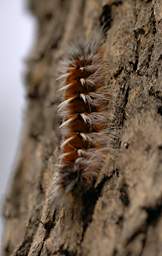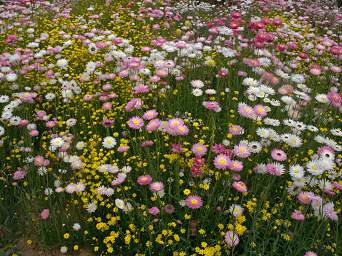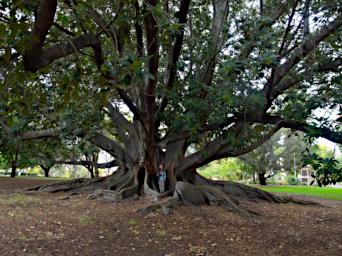Searching for Wildflowers and Birds in Southwest Western Australia
Perth's Fabulous Botanical Garden
September 2017
We spent an entire day in the Kings Park Botanical Garden in Perth. The weather was perfect and the flowers were going bonkers. They have a great selection of crazy indigenous plants such as Kangaroo Paws and Banksias, and birds flocking to all of them.
The botanical garden has a great set of interpretive signs. We learned about a number of things we didn't see such as bandicoots and truffles; and mistletoe and mistletoebirds.
We also learned about the Hibbertia flower which resonates somehow with the vibrations from bee wings to "explode" its pollen in a cloud which covers the bee, which then flys off and spreads it to another hibbertia flower. Is that cool or what? Mother nature is pretty amazing!
The Kangaroo Paws are just plain cool looking. As explained in the sign (below), they are pollinated by pollen rubbing off onto the head of a feeding bird, which then deposits some of the pollen when it feeds on another plant. Different species tend to deposit the pollen on different parts of a bird's head, so there is less chance of cross-pollination in the wild. There are eleven Anigozanthos species, but the Black Kangaroo Paw is in it's own separate genus, Macropedia.
Then there are the Banksias. The Banksia sign told us they are fertilized by the Honey Possum, the world's only true nectar-feeding marsupial. It is pretty small, weighing only about 8g; but it drinks about 7ml of nectar a day — the equivalent of about 50 liters of lemonade for a human! Honey possums have the world's smallest mammalian babies, and the world's largest sperm! I got side-tracked learning more about the honey possum from numerous research papers.
Australia has boatloads of orchids, but we didn't see a lot of them in the botanical garden. I would have liked to see the Hammer Orchid (sign below) in action, but it wasn't blooming.
According to the sign (below), Acacias (wattles) coat their seeds with a high-fat substance (the elaiosome) that ants love. The ants haul off the seeds and after eating the eliasome they discard the still-viable seed. Eventually the seeds germinate in the decaying organic matter of the ants' waste disposal room.
There were boatloads of "red things", many of them Grevilleas, and others that I couldn't exactly pin down,
Then there were these plants that didn't quite look like trees, but they didn't look like regular shrubs either, and they seemed too big to be grass. Something straight out of Dr. Seuss, like a lot of Australian botanical things. The Grasstree not only looks weird, it is weird. It has aerial roots on the inside of the trunk! The Kingia looks similar to a grasstree but is not closely related. Both Kingia and Grasstree plants are very slow growing and long lived.
Zamia leaves were used for roof thatching, and the basal leaves were used as tinder for starting fires. Its red seeds are toxic; the toxins can be leached out and then the seeds may be eaten. As explained in the sign (below), male and female Zamia plants release pheromones intermittently, causing native weevils to fly back and forth between them, thus cross-pollinating them.
The Woolly Bush, Boyur, was a general purpose plant. Southwest western Australia's indigenous people used it for thatching the roofs of their shelters, as toilet paper, and as a broom. A useful plant to know...
As with most botanical gardens, there are also lots of plants from other places around the world; it seems almost every one that can keep them alive has a Bird of Paradise. But we found the endemics the most interesting.
We didn't see a lot of birds in the botanical garden, but we enjoyed the ones we did see. The rainbow lorikeets and galahs looked like something out of a kid's coloring book.
We were exhausted from our flights, so we stopped at the cafe in the Botanical Garden for a snack. We had a great sausage roll, an apple cinnamon muffin, two fruit juices and tea, which added up to $32 AU. It seemed expensive, but it sure hit the spot. Dona couldn't get all the juice out of her drink — the juice boxes had a funky "extend-a-straw" attached to the box. We had a good laugh over that — who would have thought you needed to read the instructions on a box of juice???
When we were in Sydney a few years back and visited the botanical garden there we were delighted in the huge fig trees with their gigantic spreading limbs; Perth has its own giants. I would have given just about anything for a tree like that to climb around in when I was growing up. Every school and town should have one if they will grow there. Every time I see one I imagine kids climbing all over, hanging by their arms, hanging upside-down by their legs, sitting in a crotch reading, sleeping, telling stories.
We stopped at a store to pick up a flower guide. When we went to pay we started to put out some change but the clerk started rejecting half of it. We thought we had nothing but Australian, but it turns out we had Malayasian and Singapore coins mixed in. Heck, they all had Queen Elizabeth II on the back... I just opened my hand and let her pick things out. She said, "I don't know what it is but it's not Australian."
After a long day at the Botanical Garden, we caught a bus back to our B & B. Dona gave the driver $5 and asked how much for two people? The driver asked something that sounded like "vacation or standing?" which sounded like a pretty weird question, but she said "vacation". The driver gave us a look like "oh, another one of those idiots," gave her all of her money back and said "just sit down."
We thought we'd recognize our bus stop but we went right past it, and apparently the driver didn't hear us or didn't understand us when we said which stop we wanted. We thought we could ride the bus to the end and then it would turn around and go back. But it didn't. It got to the end and stopped. By then we were in another town. We waited for the next bus going back and told the driver where we wanted off, and asked him if he would tell us when we got there. He said "Ok, but I'm an old man and I don't remember very well so it's better if you remember." Right. If only we could. There are big red buttons in yellow frames that have "Stop" written on them all over the bus. I wonder if they're an emergency stop or a dinger to tell the driver you want to get off at the next stop. I mention this to Dona and she says with great confidence that it's how you tell the driver you want off. I ask her how she knows; "Have you seen someone press it?" "No," she says. We watch for when the bus turns onto the street our stop is on. We see one stop, then the bus zooms past the next stop without slowing and then I see our B&B flash by. I hit the "Stop" button, but we go another five blocks before the bus stops. "Is this the right stop?" asks the driver. "As good as we're going to get," I think, and we get off and walk back.
We left Perth and headed north along the coast, towards the Pinnacles and Nambung National Park.
- Gary's home page
- Years of stuff Index
- Summer 2017 index
- SW Australia and Papua, Indonesia
- SW Australia (main page)
- Perth
- The Pinnacles and Nambung National Park
- Lesueur National Park
- Stirling Range National Park
- Fitzgerald National Park
- Coast
- Walkin in Tall Trees
- Leeuwin National Park
- Ngilgi Cave
- Wellington Naitonal Park

